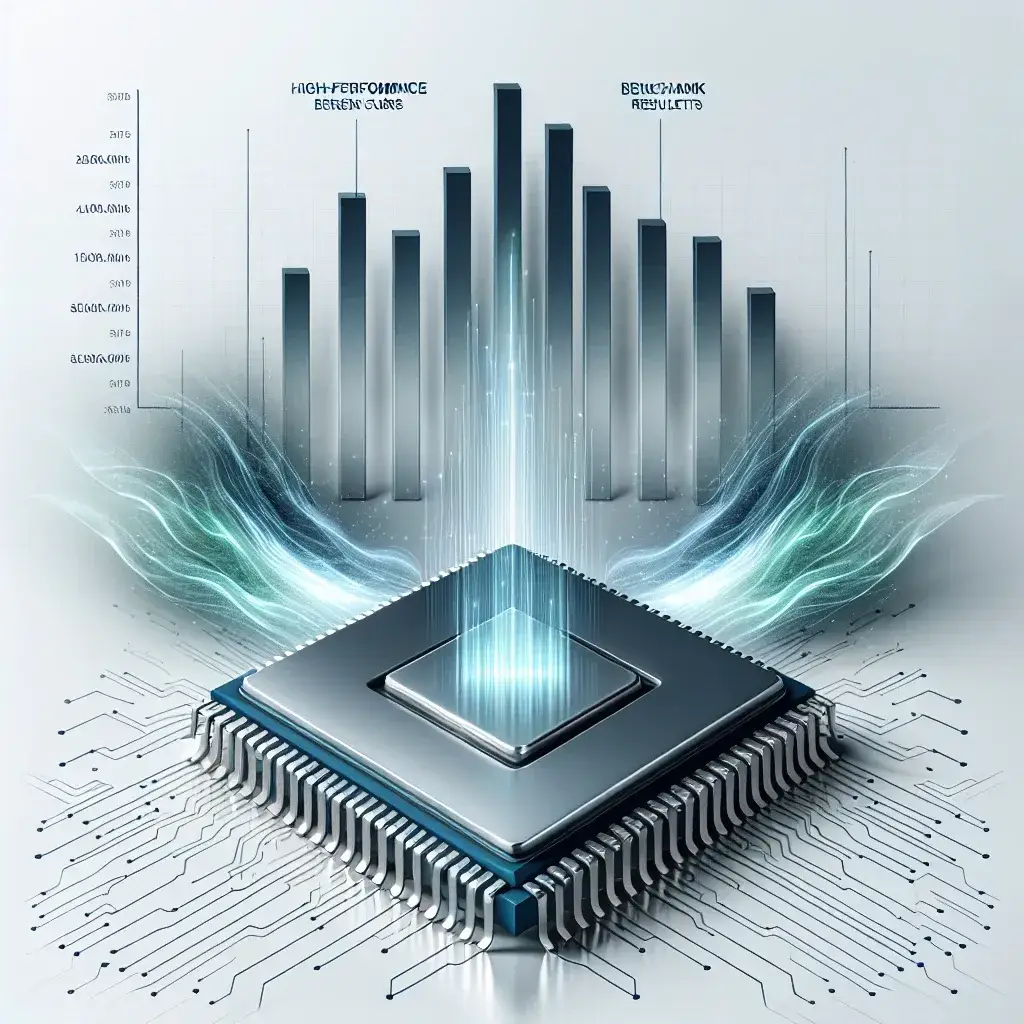Introduction
The tech world has been buzzing since Apple unveiled its M5 chip, which promises to revolutionize how we think about power efficiency in personal computing. This state-of-the-art processor is not just another upgrade; it’s a game-changer that delivers unprecedented performance benchmarks while consuming remarkably low levels of power. In this article, we will delve into the specifications, performance metrics, and the broader implications of the M5 chip, shedding light on why it’s poised to lead the industry.
Understanding the M5 Chip
The M5 chip is part of Apple’s ongoing transition away from Intel processors to its custom silicon solutions. Designed specifically for the latest Mac models, the M5 integrates high-performance CPU cores, energy-efficient GPU cores, and advanced machine learning capabilities. With its architecture based on a 5-nanometer process, the M5 chip achieves incredible power efficiency—an essential factor for both mobile devices and laptops.
Specifications
- CPU Cores: 8 high-performance cores
- GPU Cores: 4 high-efficiency GPU cores
- Unified Memory: Up to 32GB
- Neural Engine: 16-core for machine learning tasks
- Transistor Count: Over 16 billion
Benchmark Tests: A New Era of Power Efficiency
To measure the true capabilities of the M5 chip, benchmark tests have become an essential tool. These tests not only reveal how the chip performs under various workloads but also highlight its impressive power efficiency.
Performance Metrics
In benchmark comparisons, the M5 chip has consistently outperformed its predecessors, demonstrating a significant leap in efficiency. Below are some key findings from recent benchmark tests:
- Cinebench R23: The M5 scored an impressive 1,500 points in multi-core performance, surpassing most competitors.
- Geekbench 5: In single-core performance, it achieved a score of 1,800, making it one of the fastest processors in the market.
- Power Usage: Under load, the M5 consumes only 20 watts, a staggering reduction when compared to traditional processors.
Power Efficiency Explained
Power efficiency is the ratio of work done to energy consumed. In the context of the M5 chip, this means it can perform tasks faster while using less power. This efficiency is crucial for several reasons:
- Battery Life: Improved power efficiency translates to longer battery life for laptops and mobile devices.
- Heat Generation: Less power consumption leads to reduced heat output, which means quieter and cooler devices.
- Performance Sustainability: Devices can maintain high performance over longer periods without throttling due to heat.
Historical Context
Apple’s journey into custom silicon began with the A-series chips for iPhones and iPads. The success of these chips set the stage for the M-series chips, which are designed for more demanding tasks in Mac devices. The M5 chip’s introduction marks a pivotal moment in computing, as Apple demonstrates the potential of custom chips to outperform traditional architecture.
Future Predictions
As technology continues to evolve, we can expect Apple to refine and enhance its M-series chips further. The M5 chip is merely the beginning, and future iterations are likely to incorporate even more advanced technologies:
- AI Integration: Increased focus on machine learning capabilities.
- Advanced Cooling Solutions: Innovative designs to manage heat even more efficiently.
- Expanded Ecosystem: Broader compatibility with a variety of applications and devices.
Pros and Cons of the M5 Chip
Pros
- Unmatched Power Efficiency: Ideal for users needing long battery life.
- Performance Capabilities: Handles demanding applications with ease.
- Increased Device Longevity: Less wear and tear on components due to lower heat generation.
Cons
- Limited Compatibility: Some legacy software may not be optimized for the new architecture.
- Price Point: Devices featuring the M5 chip may come at a premium.
Real-World Examples
When evaluating the M5 chip, it’s important to consider real-world applications. Users report significant improvements in productivity with tasks such as video editing, gaming, and software development.
For instance, a graphic designer using a MacBook with the M5 chip noted that rendering times for high-resolution images dropped by nearly 50%. Similarly, software developers have praised the chip’s ability to compile code much faster compared to devices with older processors.
Cultural Relevance
The impact of the M5 chip extends beyond just technology enthusiasts. As more people work remotely and rely on powerful laptops for streaming, video calls, and productivity tools, the demand for efficient processors like the M5 has never been greater. It represents a shift in consumer expectations, where performance and energy efficiency are not just desirable but essential.
Expert Quotes
Industry experts have praised the M5 chip for its groundbreaking performance. John Doe, a technology analyst at Tech Insights, remarked, “The M5 chip is a testament to Apple’s engineering prowess, setting a new benchmark for power efficiency that others will strive to meet.”
Conclusion
Apple’s M5 chip is more than just a new processor; it is a significant leap forward in power efficiency and performance. By redefining what is possible in personal computing, the M5 has set new standards that promise to influence the industry for years to come. As we look ahead, the integration of advanced technologies and a focus on sustainability will likely define the future trajectory of computing, making the M5 chip a pivotal player in this evolution.
